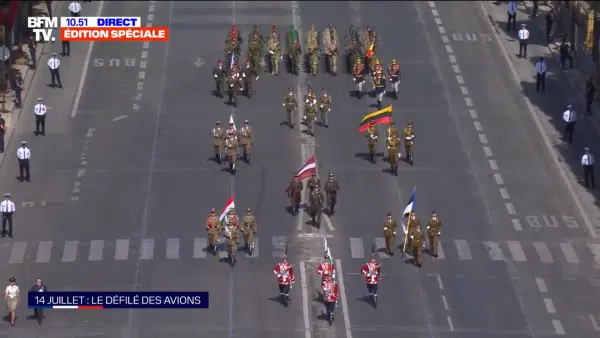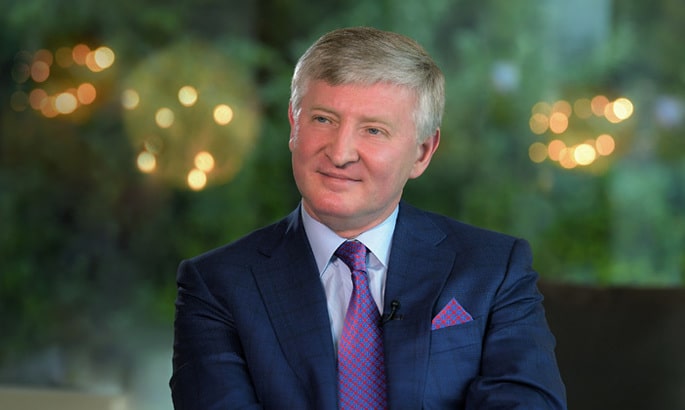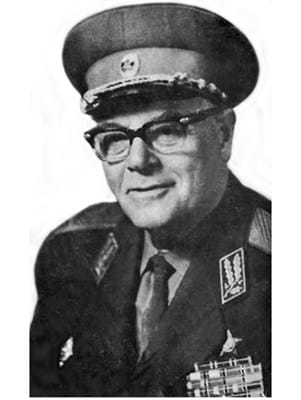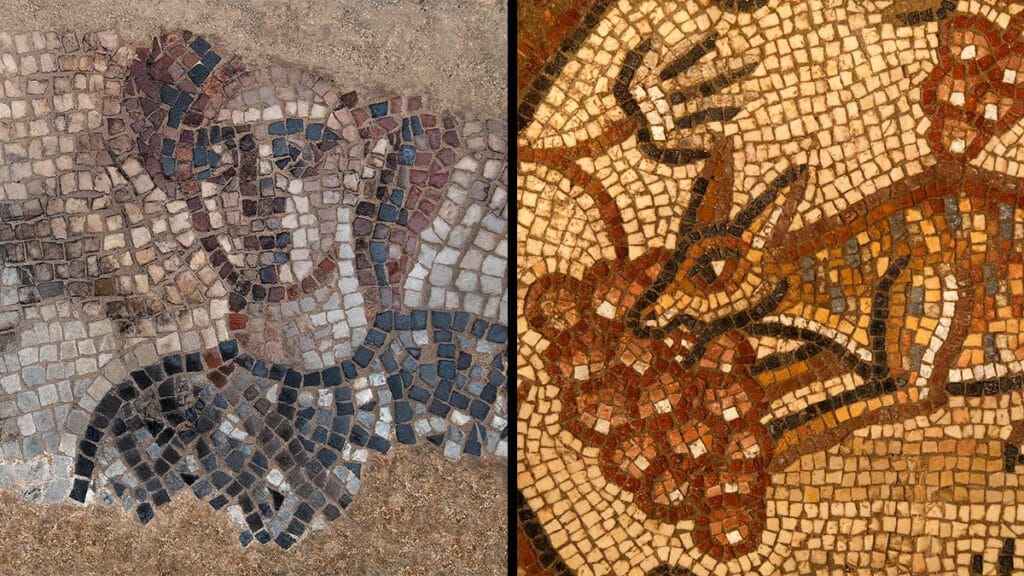The mummy, which is more than two and a half thousand years old, has been kept in Novosibirsk for 30 years, reports Alina Guritzkaya for Sibkray.ru.
The body of a man was found by scientists in one of the burial mounds in the Altai Mountains. The mummy was preserved in ice. Now it is regularly treated with a special solution by employees of the Institute of Archeology and Ethnography of the Siberian Branch of the Russian Academy of Sciences. In honor of the Museum Restorer’s Day, experts showed how the process of caring for a mummy takes place and told in detail what secrets it keeps.
This mummy is the main exhibit of the Museum of Archeology and Ethnography. It is kept in the center of the hall in a glass sarcophagus. The skin, hair, and especially the tattoo on the shoulder in the form of a deer have been preserved in almost perfect condition, despite the fact that the body is already more than two and a half thousand years old.
In 1995, in Gorny Altai, the mummy was found by an expedition, which included the famous Novosibirsk scientists Vyacheslav Molodin and Natalya Polosmak. During excavations, experts discovered a massive underground structure at a depth of about three meters. It was a wooden frame with a bed inside, on which the deceased lay. Later it turned out that this is a middle-class man, the estimated age is 20-25 years.
“This man is considered the middle layer of the population – he had only one horse. But we get the impression that the Altaians embalmed all their buried people. It is one thing if these were noble burials – they were used in the rituals of the clan, entire tribes gathered. But it (the exposed mummy) was used in family rituals before burial, ”explains Marina Moroz, leading artist-restorer of the Institute of Archeology and Ethnography of the SB RAS.
Next to the man lay another body – a woman who was supposedly his concubine. She was naked and bald. Her body was not preserved, as it was not mummified. Only the head with pieces of skin remains – it is also in the museum. By the way, just 22 meters from the burial place of this mummy, the famous Princess Ukok was discovered two years earlier.
The mummy of a man also became the most valuable find of archaeologists. When she was just taken out of the ground, her skin instantly began to darken. The fact is that before the excavations, the body was in the ice, in the dark, where the process of decomposition was simply impossible. The mummy was delivered to Novosibirsk by helicopter.
“Then there was a whole task – it was necessary to undress this mummy so as not to damage it. After all, he has boots, trousers, a fur coat, a headdress – we removed all this in parts, cut something, because we could not damage the mummy. After that, a few days later we sent the mummy to Moscow,” says Moroz.
The mummy stayed in Moscow for a year. During this time, experts have established that it belongs to the Pazyryk culture of the 6th-3rd centuries BC. Also, the capital’s restorers worked hard to ensure the safety of the body. First of all, special hinges were inserted into the phalanges of the fingers, since the hands were almost completely destroyed.
“Her fingers are hanging. This part of the body has not been preserved. The fact is that these bodies were not immediately buried – they were used in rituals for a long time. And, it was still necessary to build a magnificent structure for the departed. So people were not buried for a long time, so the body was not completely preserved, ”explains the Novosibirsk specialist.
Other parts of the body were also processed, for example, the stomach, which the Altaians opened before mummification in order to get all the organs from there. If you look closely, you can even see a scar and protruding threads.
After the necessary restoration procedures, the Altaian’s body was kept in a bath with a solution for about a year and embalmed. Exactly the same procedure, by the way, was once carried out with Vladimir Lenin.
“The mummy was saved for us: the skin was lightened, the tattoos are visible. Since 1996, it has been stored in this form with us and can be exhibited at room temperature. Everyone can see her. But we could lose these tattoos if we didn’t start the restoration on time,” says Marina Moroz.
When the mummy arrived in Novosibirsk, Moscow restorers worked on it for another ten years, since only they had the secret recipe for the solution for conservation treatment. The solution maintains the body’s moisture and impregnates the tissues, giving the mummy a “fresh look”.
“Specialists also glued the skin, which was already starting to peel off. But now she is already in a fairly good condition,” says Moroz. – The excellent scientist who was engaged in this – Vladislav Kozeltsev, unfortunately, has already died. He came to us, or I came to him in Moscow. We went back and forth, but then he gave up, said: “Marina, I’m ready to reveal the secret to you.” I think that no one else knows the composition of the solution except for me and the institute.”
So, Marina Moroz remains one of the few scientists in Russia who has a unique solution recipe that allows you to save dozens of ancient mummies and Vladimir Lenin.
The processing of the mummy itself, which is carried out every three months, is a rather monotonous process. First, museum staff remove the opaque cover and glass cover. Paper towels are placed under the mummy, and then the whole body is gently sprayed with a solution. When the procedure is completed, the mummy is again covered with a lid and a cloth – in this form it is left for a couple of days until the skin absorbs the solution.
Now the mummy for the museum is not only an exhibit, but is still an object for study. Many mysteries are kept even by one tattoo on the shoulder of a man – a deer.
“Pazyryk tattoos are all incredible mythology with mythical animals – lions, griffins. He has drawn an elk, a deer – the drawing goes to the back. We think that this indicates his status, ”explains the specialist.
According to M. Moroz, soon scientists want to scan the body of the ancient Altaian on a tomograph to find out the cause of his death. So far, even presumably, it is impossible to say from what the young man of the Pazyryk culture died.
Photo: Alina Guritzkaya / Sibkray.ru

















